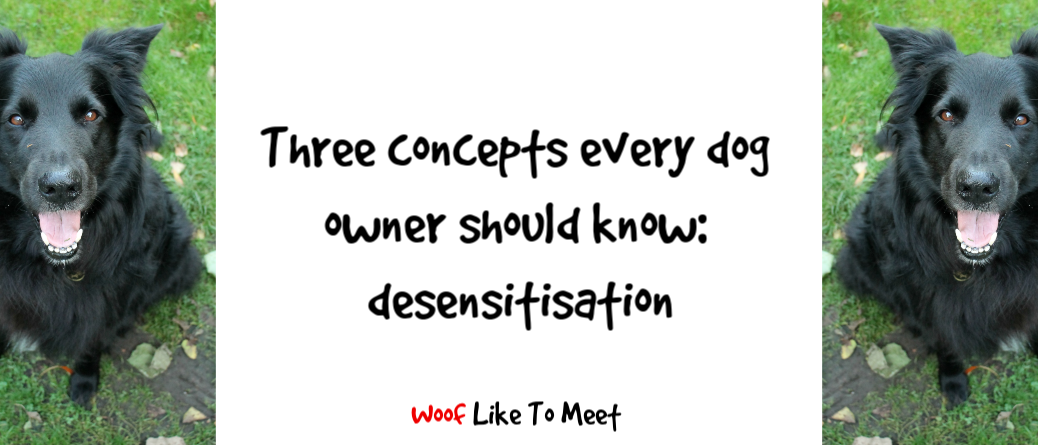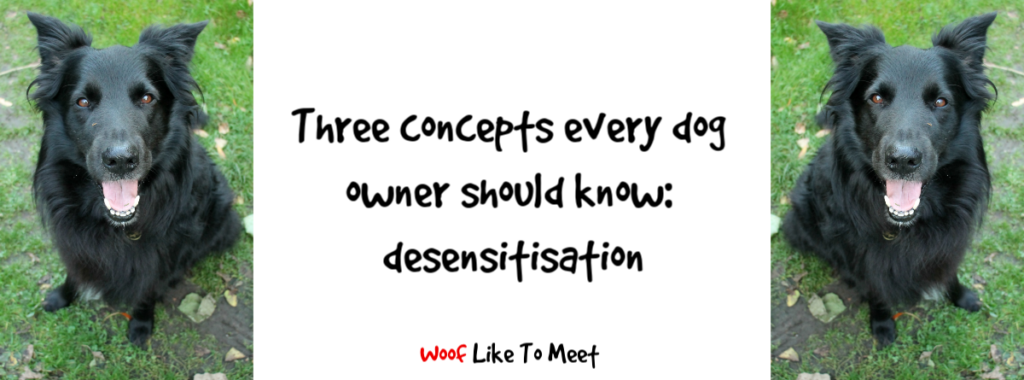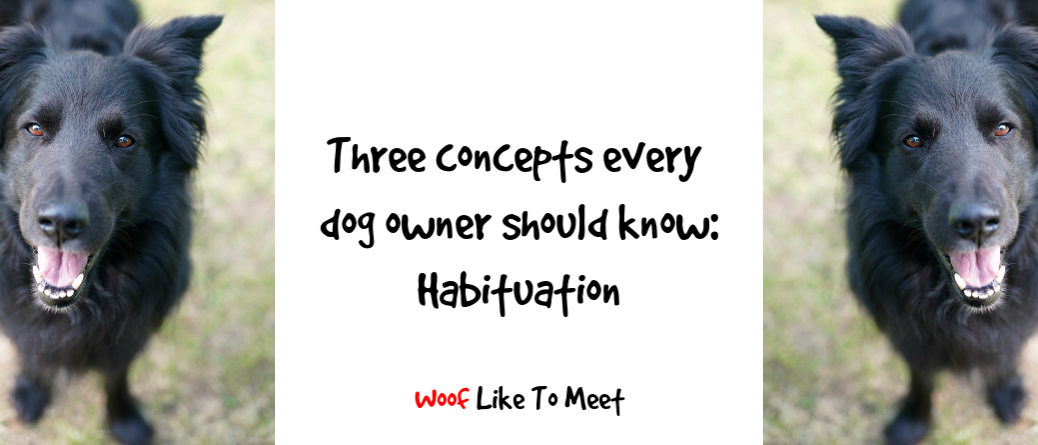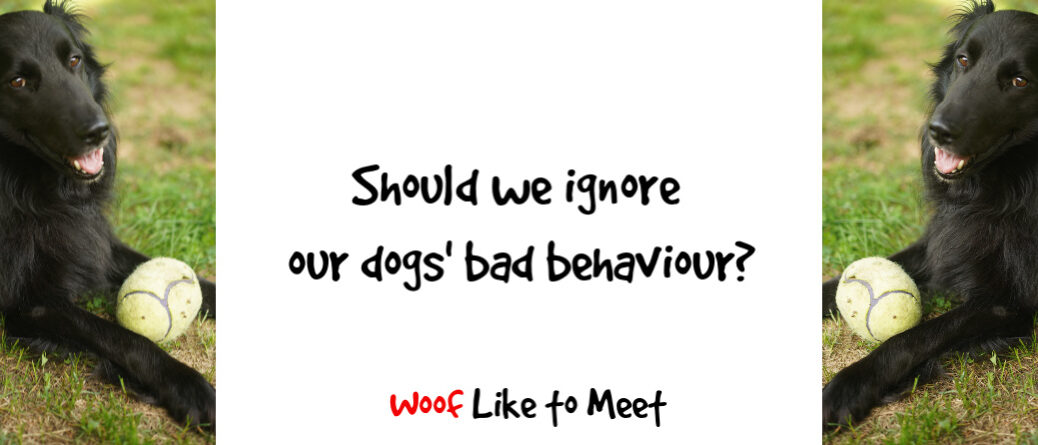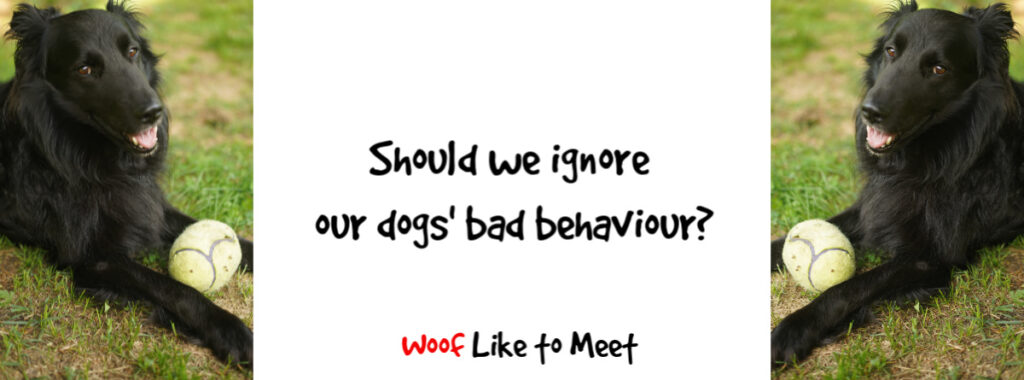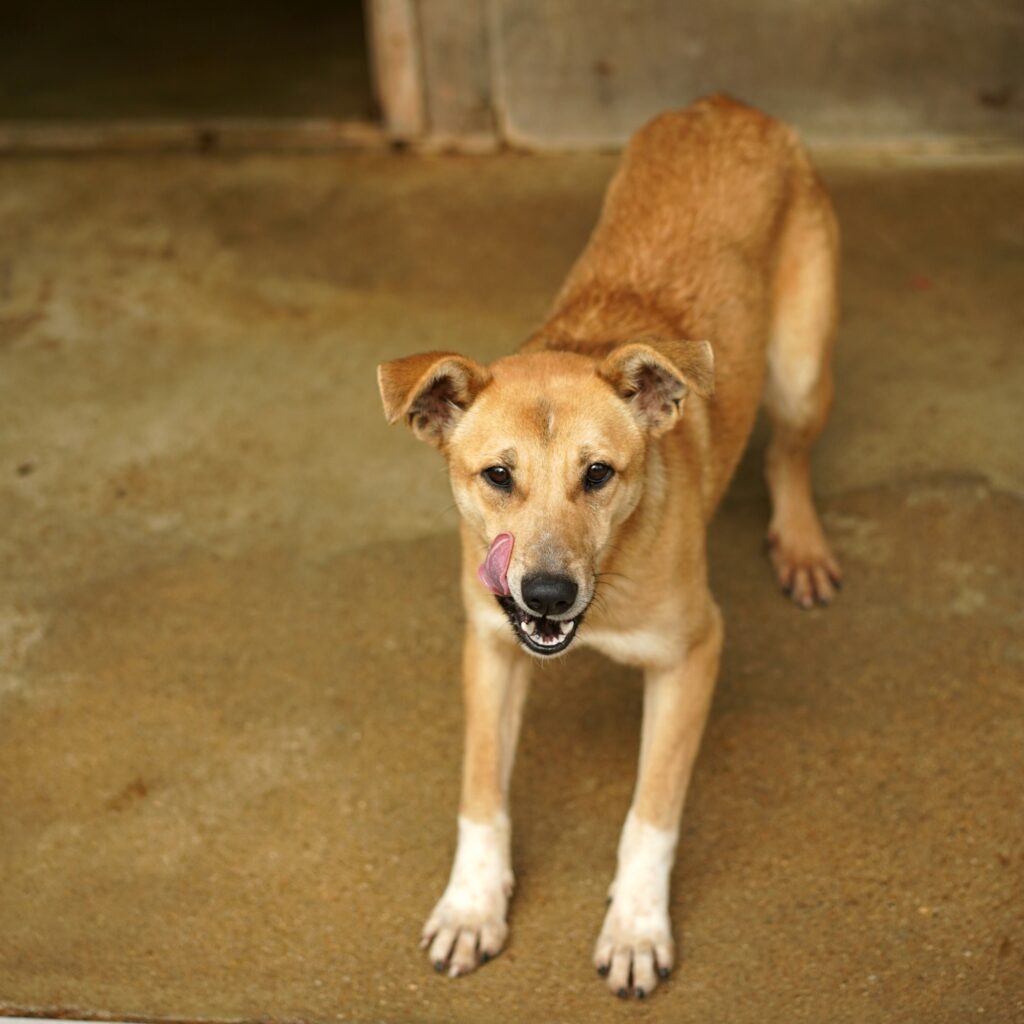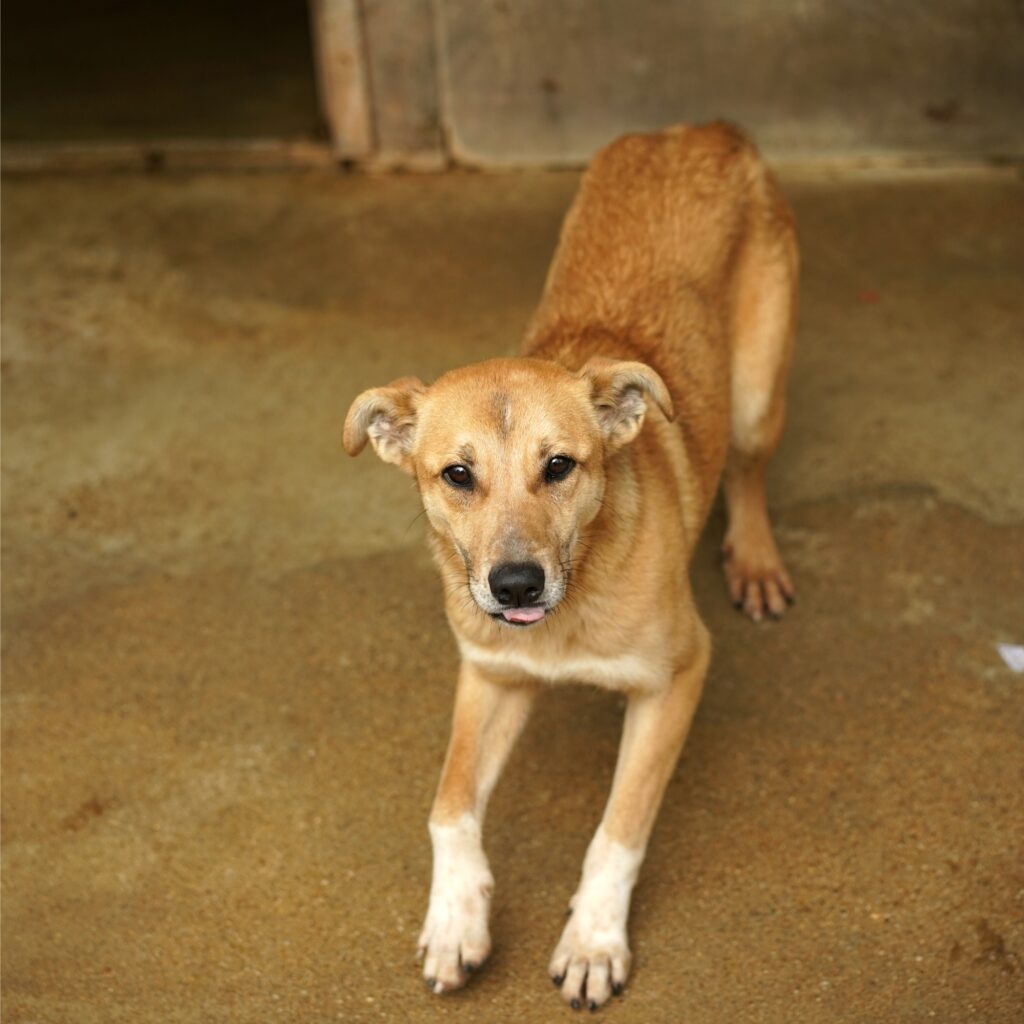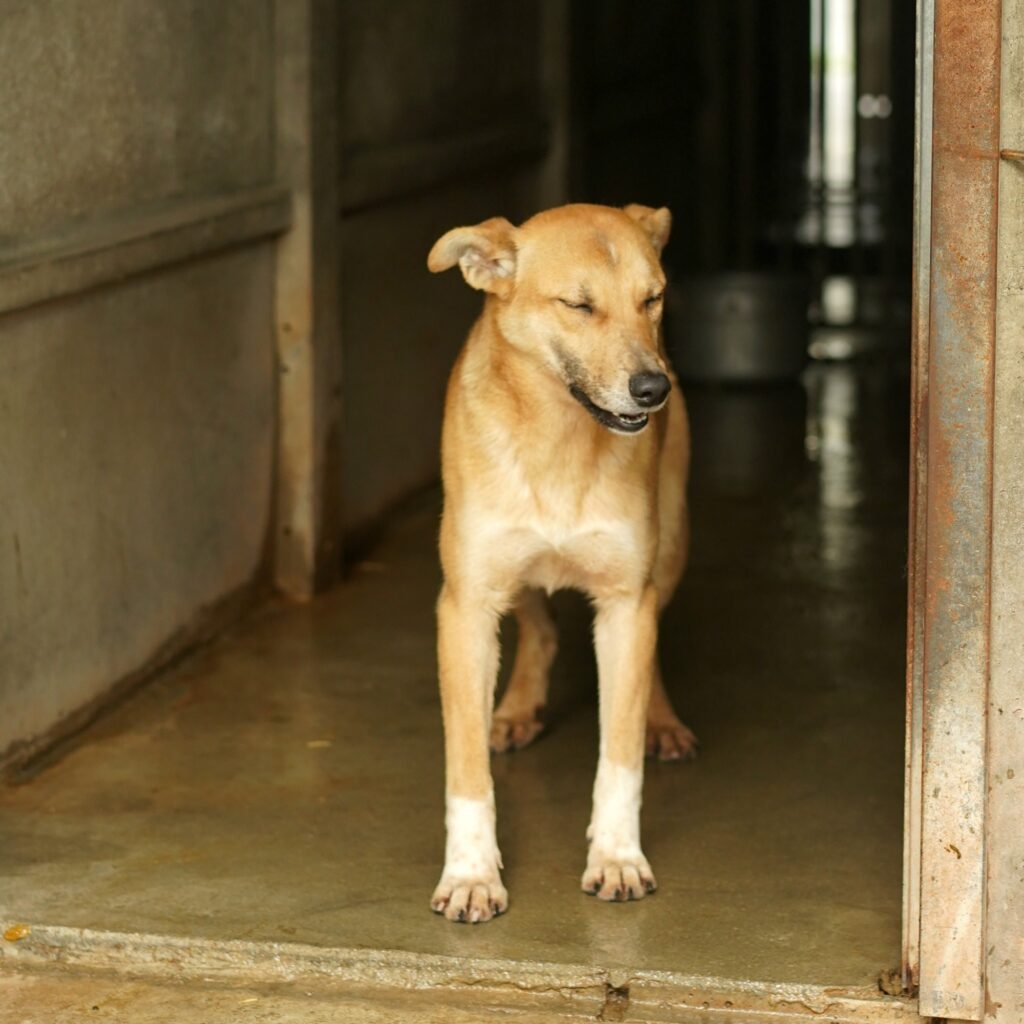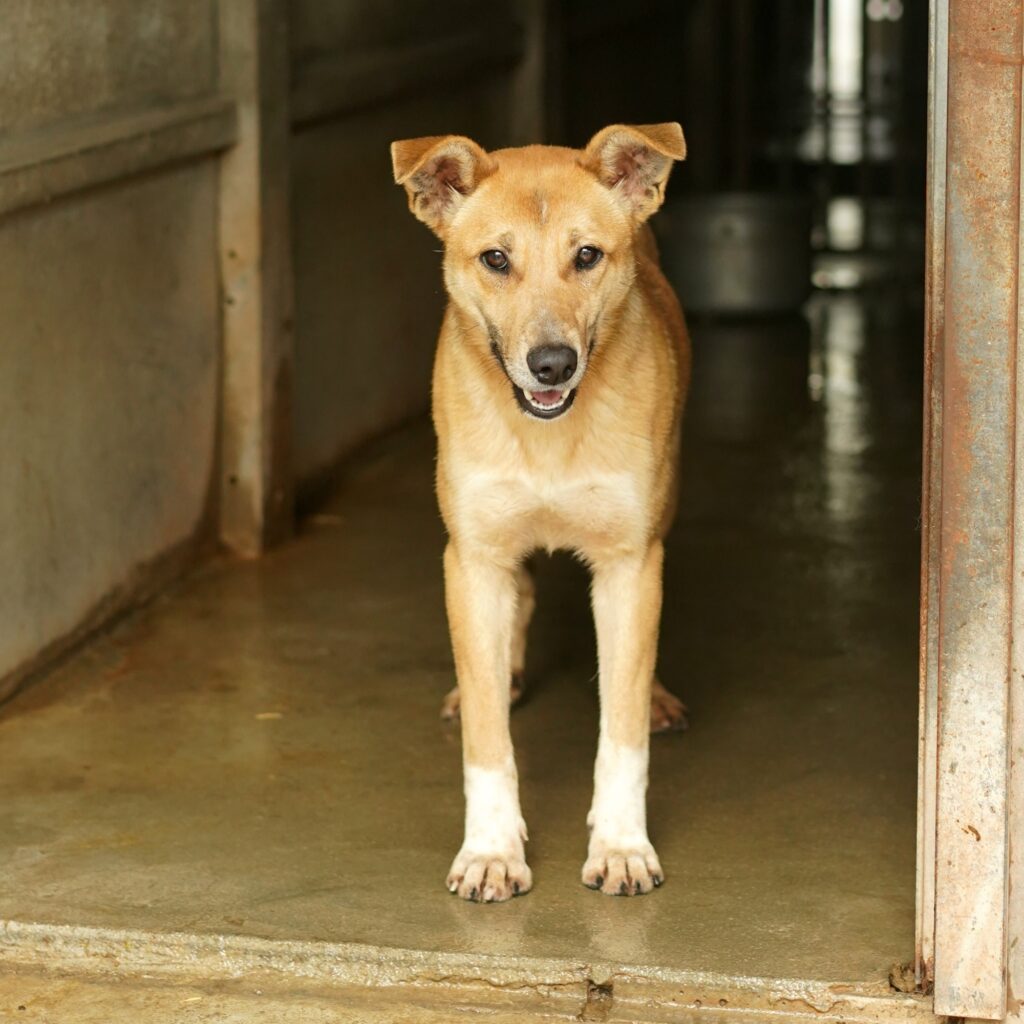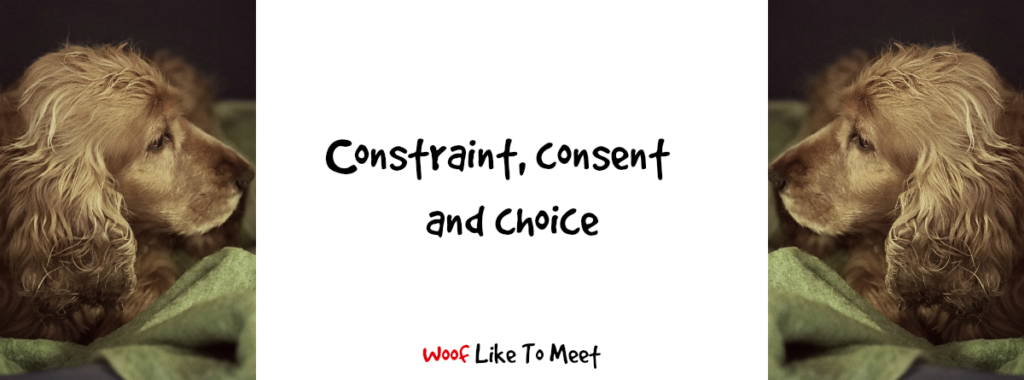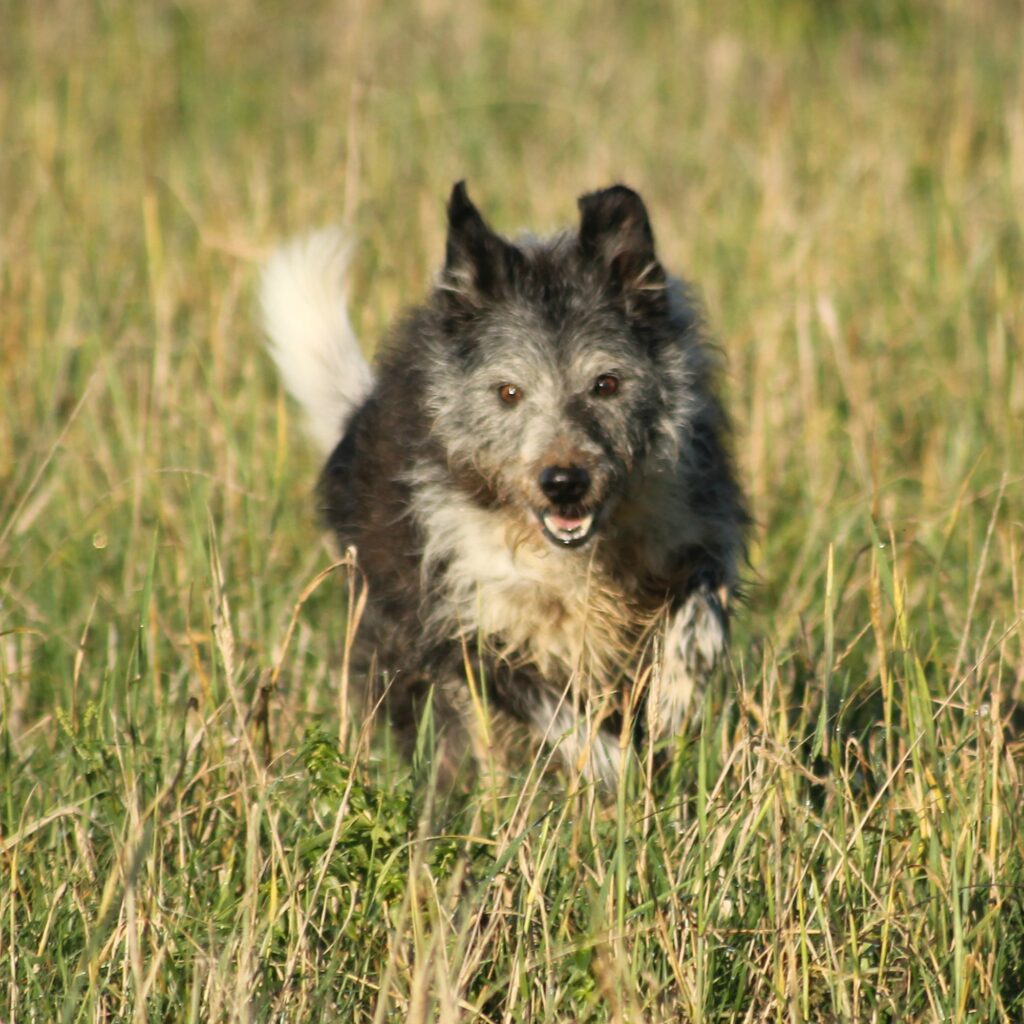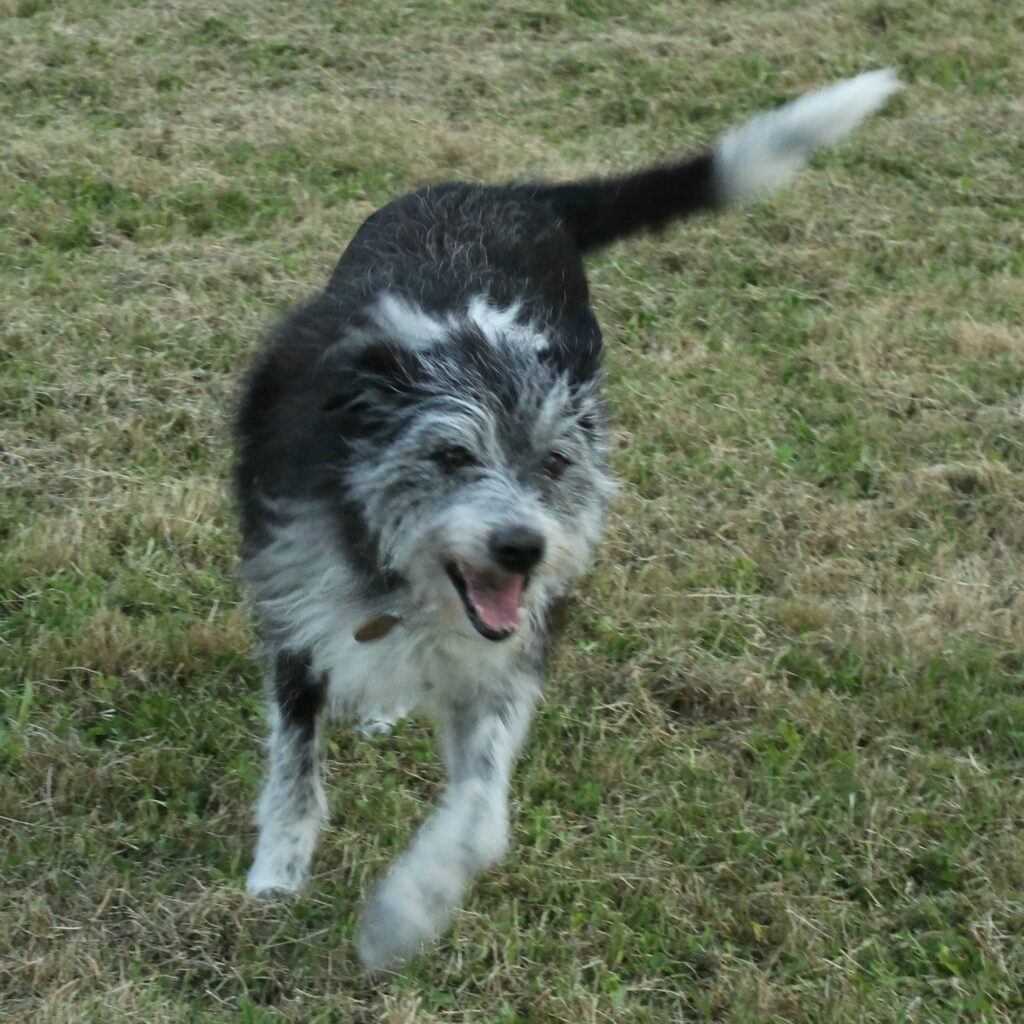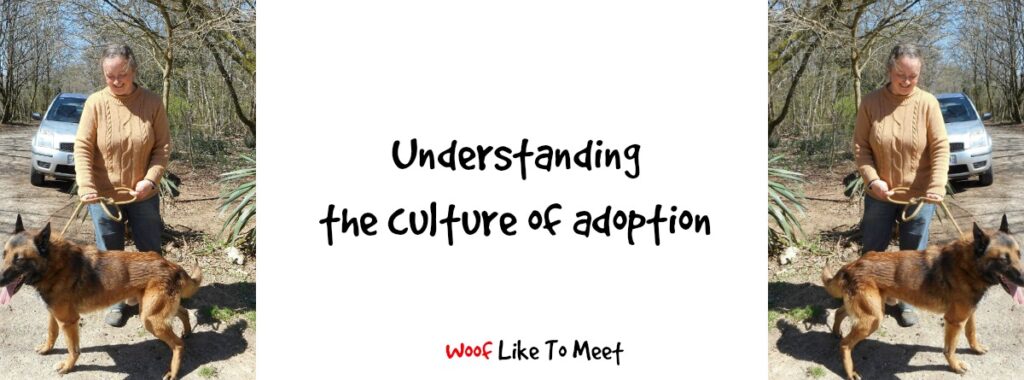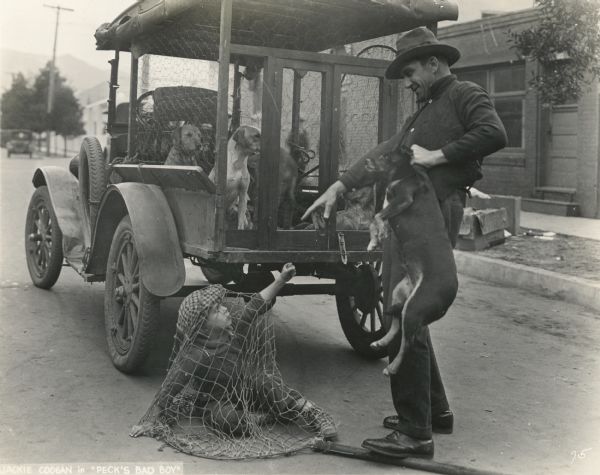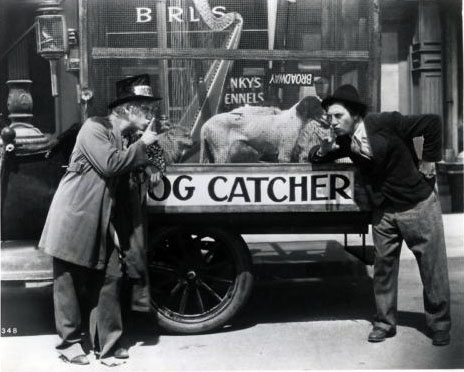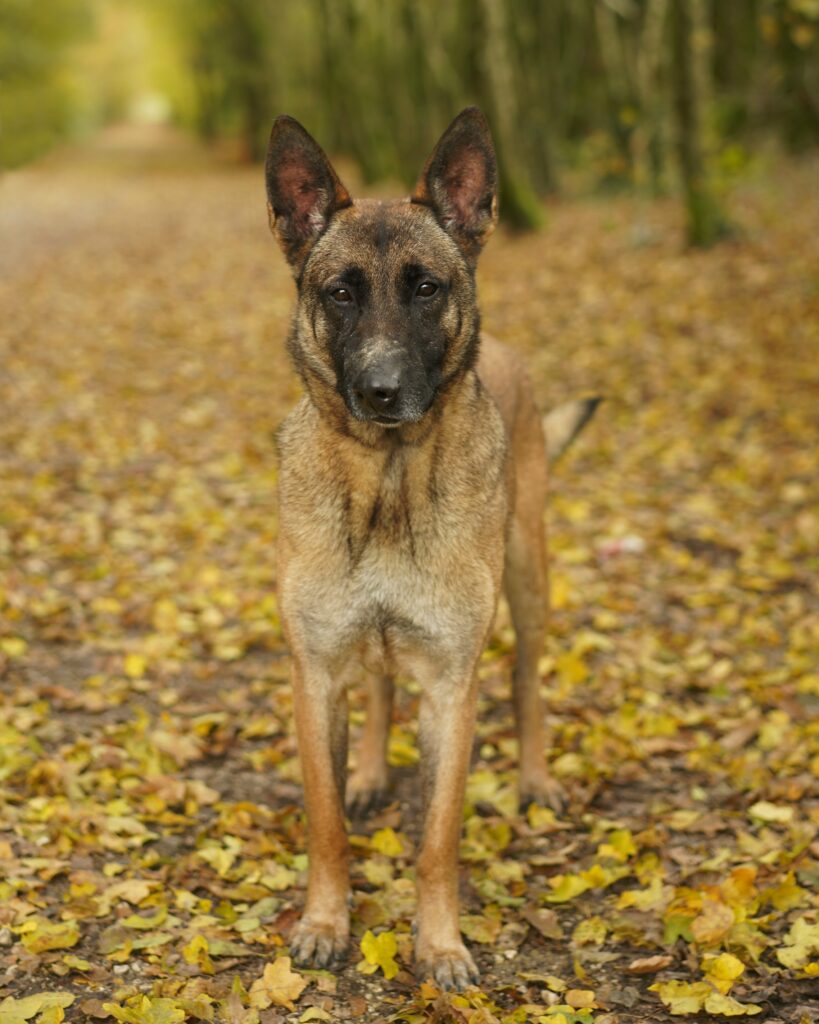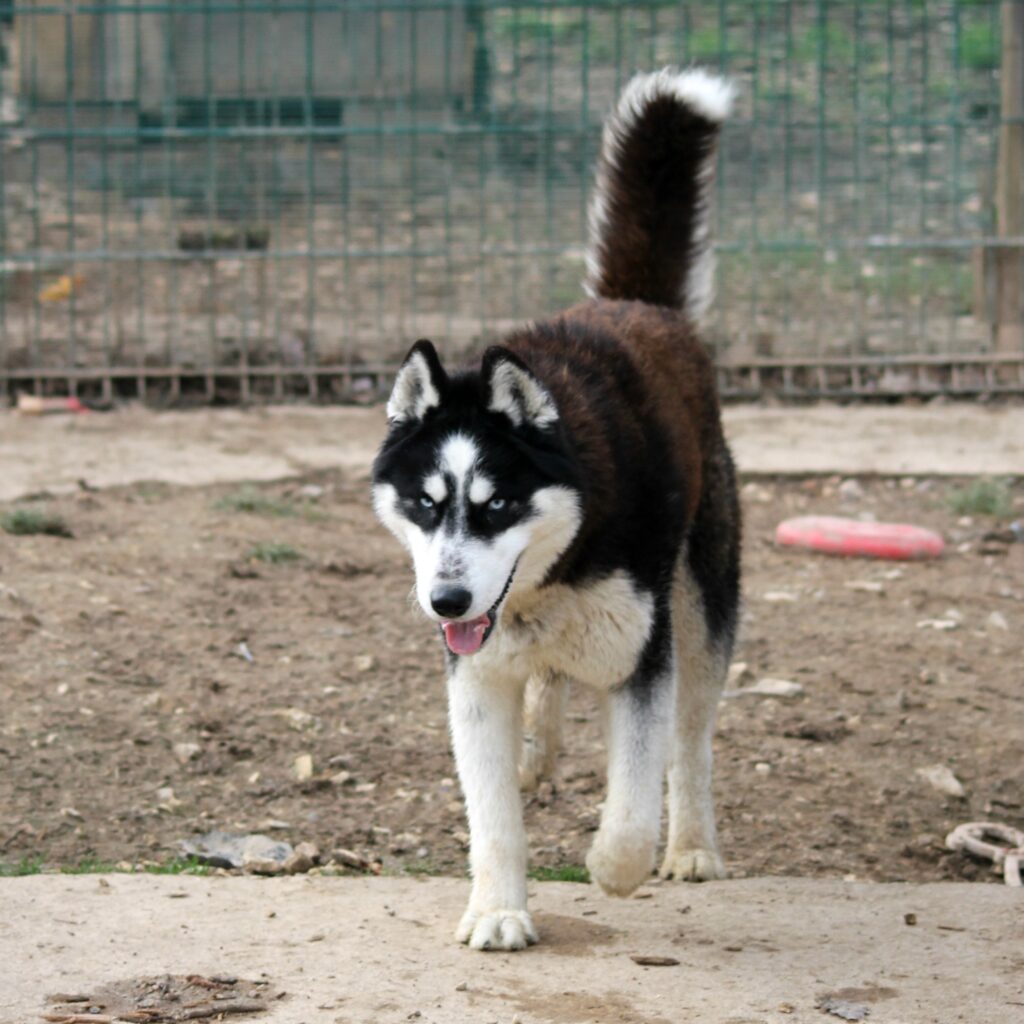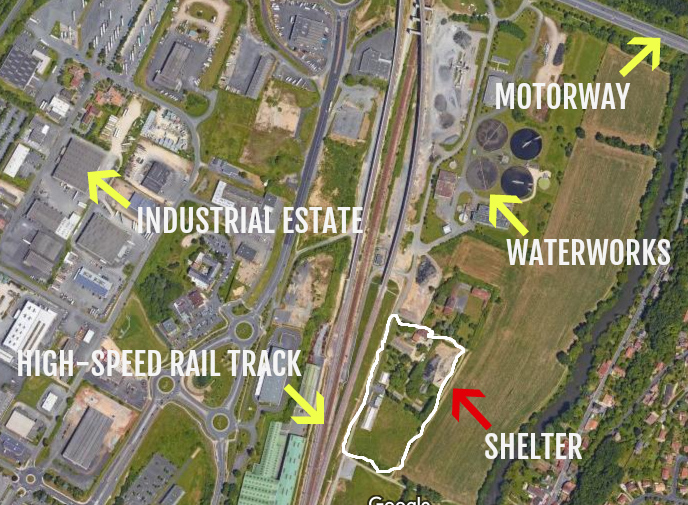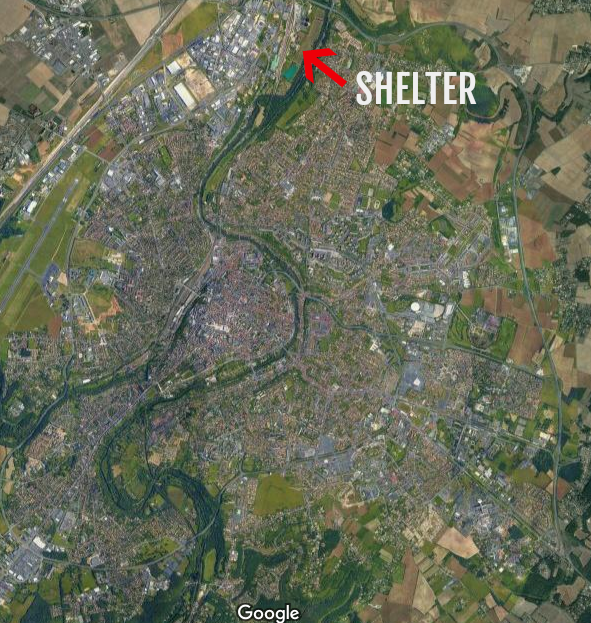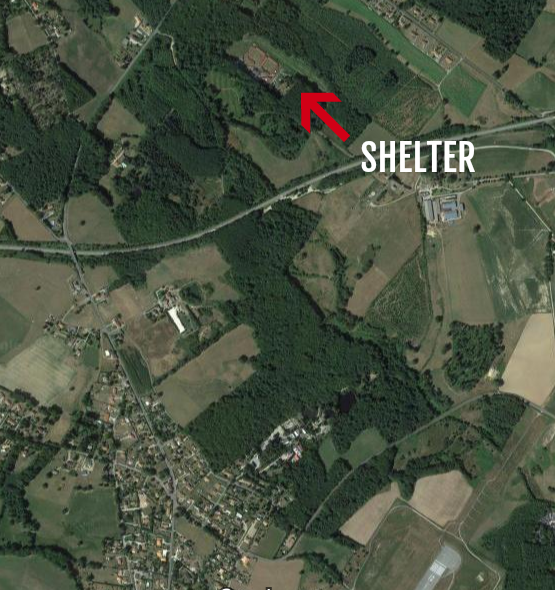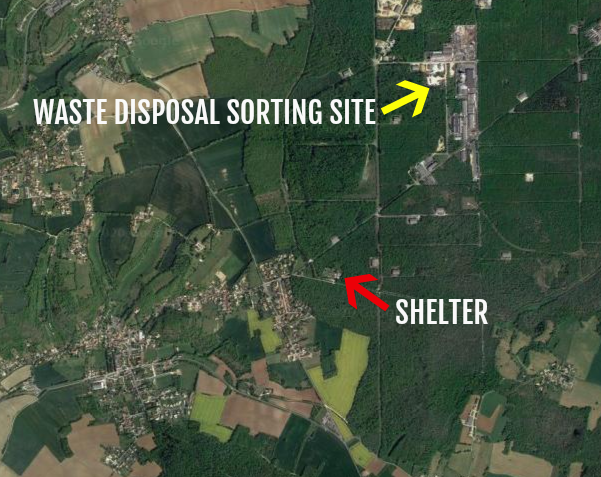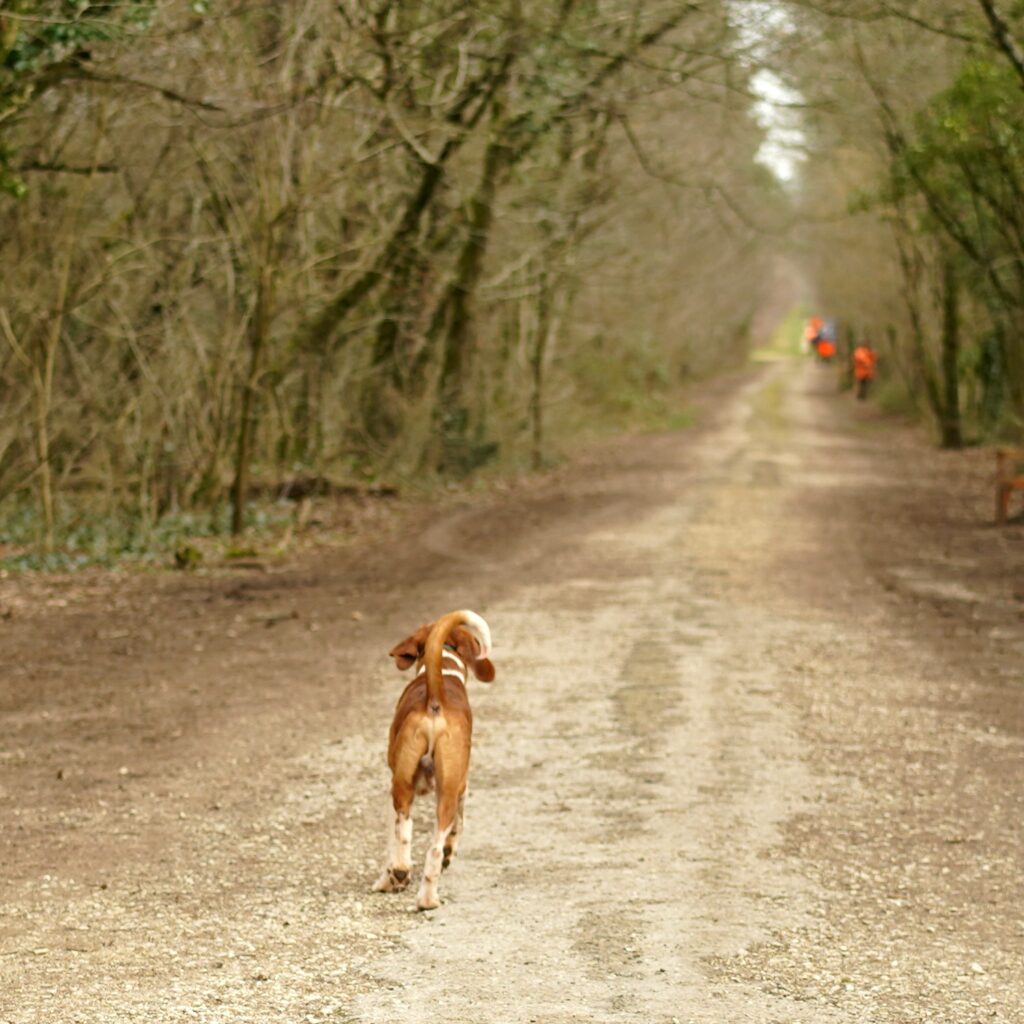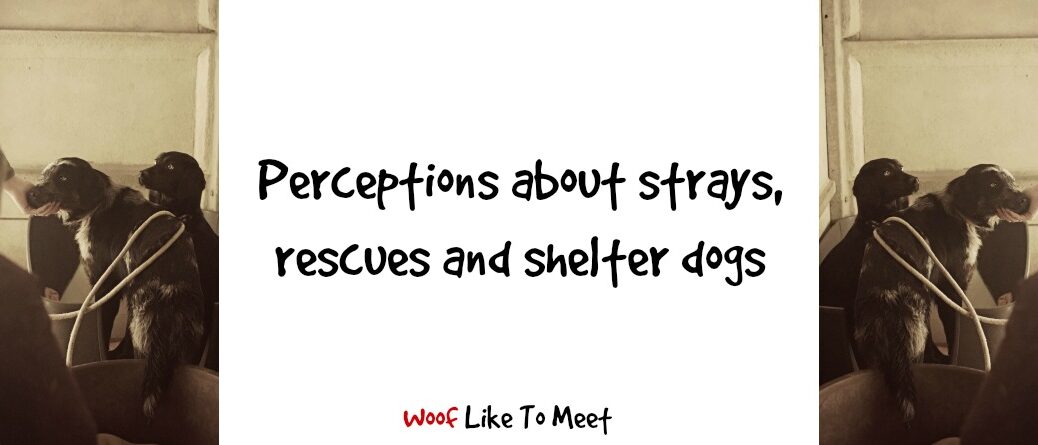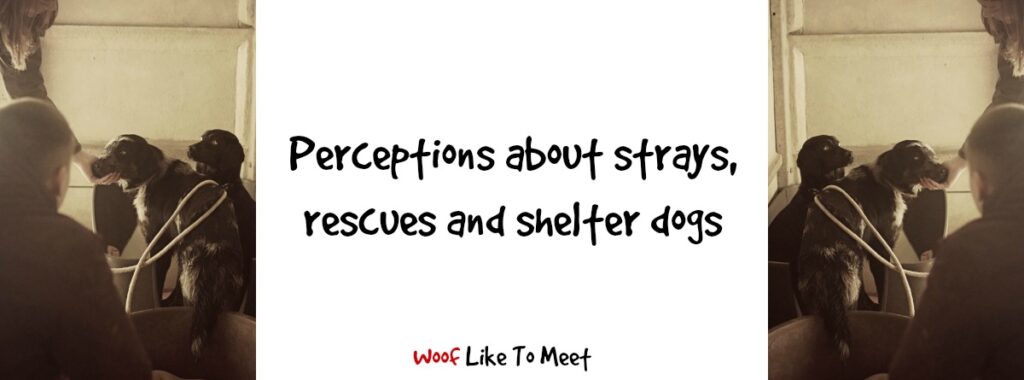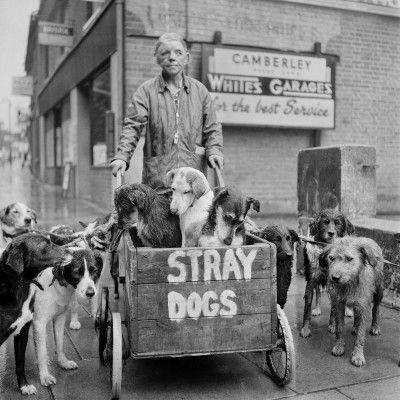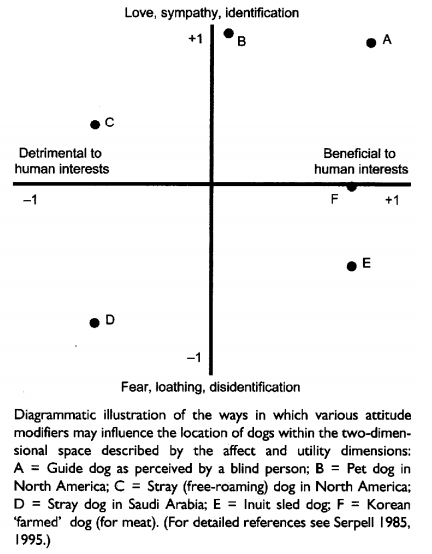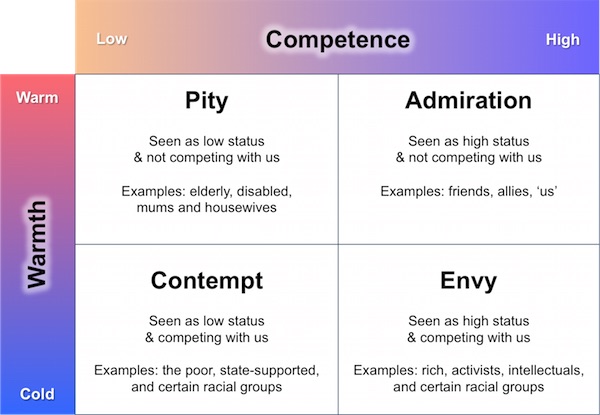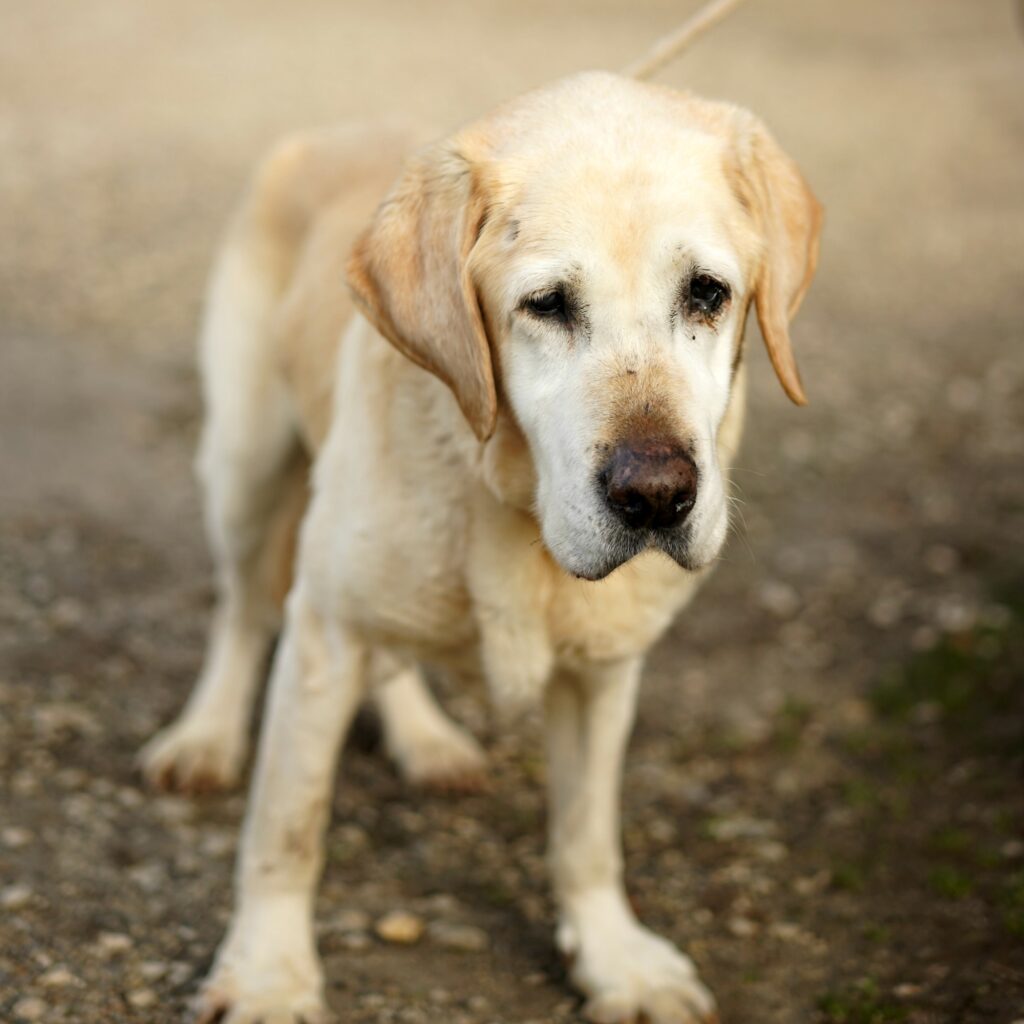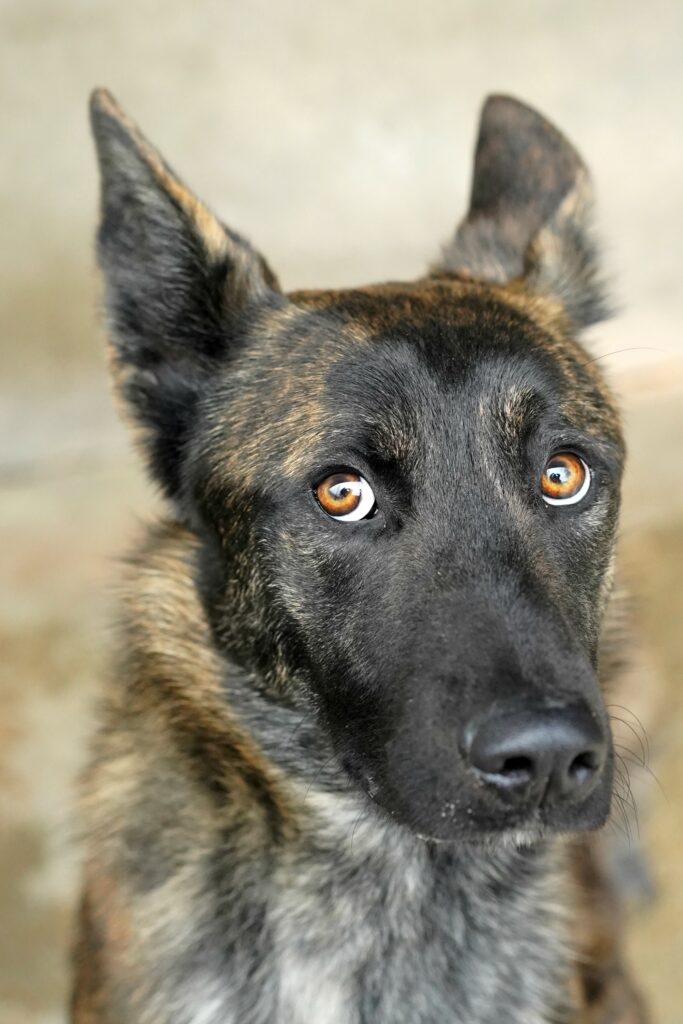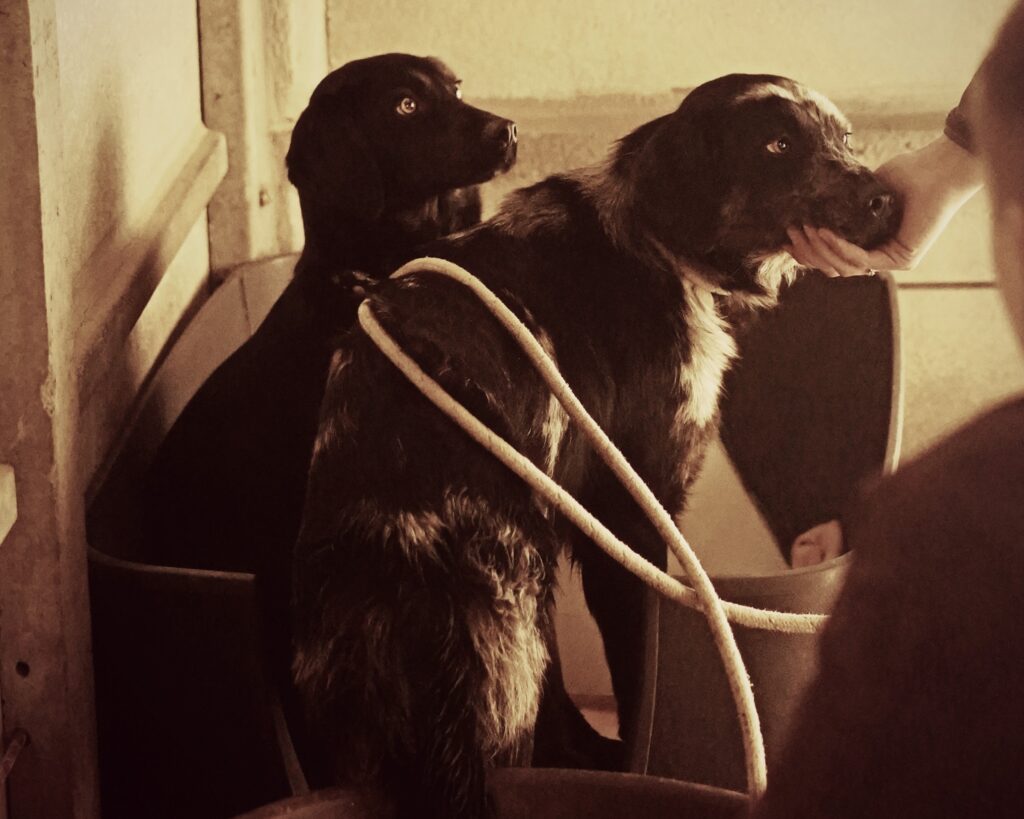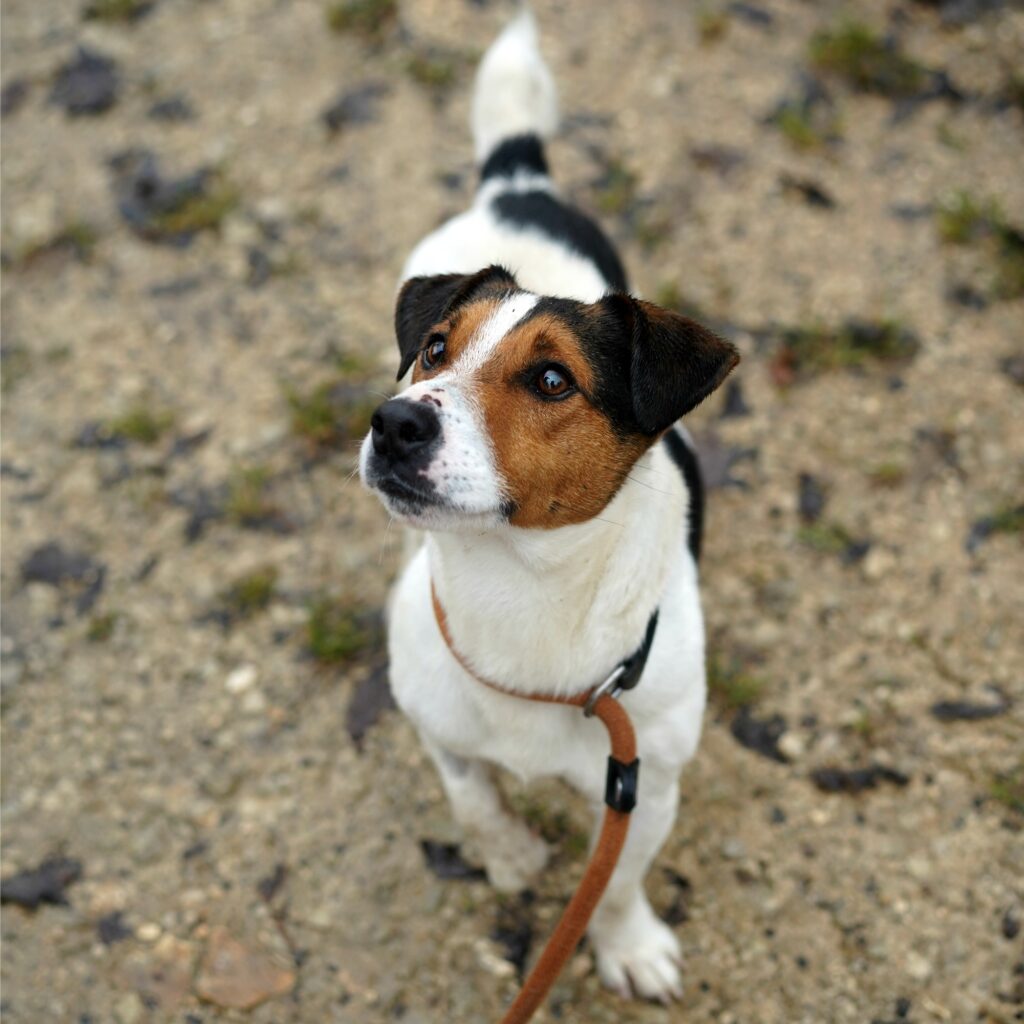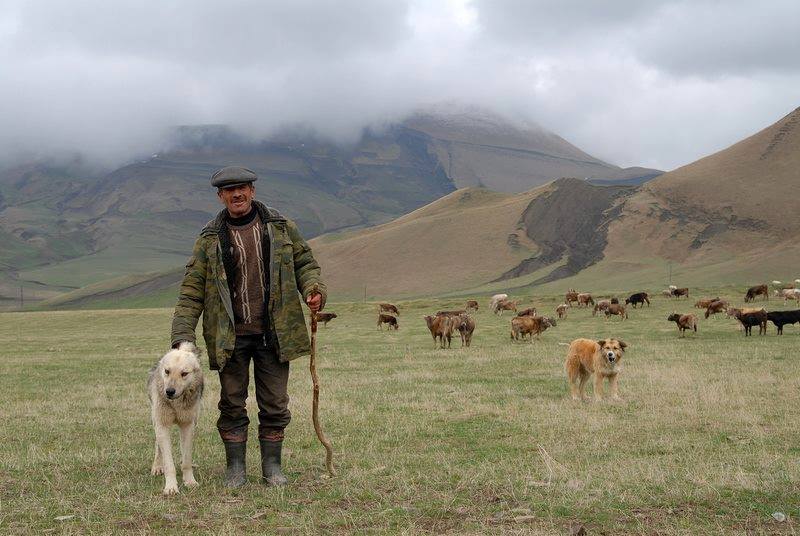
In the last couple of posts, I’ve been looking at skills that would really help every dog guardian out. The first of those is habituation, that process of getting used to the world around us through repeated exposure. The second of those is desensitisation, the planned and gradual systematic process by which we break connections between exciting or fear-eliciting things in the universe that freak us out.
Today, we’ll look at the third skill I think dog guardians should have in their toolkit: counterconditioning.
Like desensitisation, counterconditioning is a process by which we work on things dogs find exciting or fear-eliciting. It should also be working at a level that the fearful or exciting response is not elicited. Sometimes, these two processes are confused because dog trainers and behaviourists often do them together, so people don’t always know which is which. That’s fine – I argue that this is usually the best possible process but there are times when I’m just desensitising – usually on things my dog would like to chase.
Counterconditioning is the process by which we take an emotionally charged conditioned stimuli (so we already have learned to like it or not) and remove the emotional charge so that the stimuli is neutral once again.
We can also change the emotional response. Usually, we’re working with dogs who are afraid of things in the world. When we work on counterconditioning, we work to change that emotional response from a negative one to a positive one.
I guess you could do that also with exciting stimuli – and this does happen – where you accidentally or even purposefully change their response to a negative one instead. I’ve seen a lot of dogs who’ve been inefficiently socialised and habituated to other dogs then walked on a choke or prong and then learn to fear the dogs or people they see rather than feel excited by them. I don’t think anyone really does that on purpose unless they’re completely unethical. I guess mostly that happens by accident because our dogs are too close to others, we don’t have room for them to escape or avoid the other dogs since they’re on the lead and then the dog has no choice but to react.
Counterconditioning breaks existing associations just like desensitisation does. It’s also used to form new and different associations, so that conditioned stimuli no longer elicit fear but elicit joyfulness, and so on. In such cases, the stimuli stays the same but the conditioned emotional response is changed. It works by pairing that scary thing with something we love to return them to a neutral state and then to reform and reshape emotional responses. Usually, and just to be clear, I often find myself using a food-less approach and desensitising a dog who likes chasing (or I also throw in a bit of groundwork) whereas I use food and other stuff like safety for dogs who are feeling fearful.
I often give the example of Keira Knightley as I have a very strong negative reaction to her – not least because she’s in many adaptations of my favourite books, and they’re films I really want to see, but I find her acting insufferable. Even just a flash of her makes me feel quite grrr inside.

In order to countercondition this, a strong pairing with something lovely would need to be made – say for instance that every time I saw Keira Knightley, Keanu Reeves would appear with a box of chocolates, some kittens and a fine French rosé. Or a dog.

Eventually, with enough pairings, Keira Knightley would come to become a reliable predictor of something wonderful and lovely. I might even start to look out her movies and her images in the knowledge that she cues the arrival of wonderful things.
As you can see, I’m never going to become a great lover of Keira in herself but it will make her wooden acting much less painful. That we cope with stressful, aversive or unpleasant experiences by turning to alcohol, food or other pleasant stimuli is not a new concept. Who doesn’t treat themselves after doing something they didn’t want to?
So… just to be clear…

… must reliably mean…

And it has to be in that order too.
Keira… THEN … Keanu

Do it the other way, which is known as backwards conditioning, Keanu Reeves just becomes a reliable predictor that Ms Knightley will appear, kind of like when your mum appeared to call you back in off the street when you were a kid, and your heart sank because you knew what was coming next.

Order is important. Food does not come out until the dog has seen the thing it doesn’t like or that it’s scared of, if you’re counter conditioning.
Counterconditioning on its own is sometimes called ‘contrived’, often by trainers who primarily use clicker training or operant methods and don’t always see the benefits of it. They argue that we don’t ever really change our emotional response to the negative stimuli. The irony is that we did learn to dislike a conditioned stimuli – I wasn’t born hating Keira Knightley. I learned to. In fact, I liked her in Bend it Like Beckham and I like her in movies where she smiles.

This just doesn’t have the same effect on me. I think she seems quite lovely here. That tells us something too in relation to our dogs: it can be very dependent on a very narrow set of circumstances. Know the circumstances and it’ll help you desensitise and countercondition.
So I did learn to feel all grrrr about Keira. It really came off the back of associating her with one of my favourite literary characters, Elizabeth Bennet, and it was very much a learned response. Of course my feelings to her have been conditioned. That initial learning wasn’t contrived. It wasn’t deliberately created. Why should unlearning it be considered as contrived or in some way false?
Conditioning is all about perception. Here’s an example. Last night, I stood in the garden watching nesting swallows swoop in and out of the barn. It was almost twilight. It felt quite magical watching them. All of a sudden, I became convinced it was actually my two friendly nesting bats. I shuddered. I actually just shuddered now – quite literally – just imagining the bats. The way they were moving was no different. They nest in the same spot. The bats actually give me as much joy as the swallows to know I’m a custodian of their home. But even the thought that they were bats freaked me out. And that was all perception.
In that example, we can see we are born with a tendency to have innate fears of things like snakes, mice and bats. Where we have what Goulding called a biophilia or an innate love of the natural, it is true that it’s easier to teach lab animals to fear certain things than others. For instance, you can teach a monkey to fear snakes by pairing them up with a shock, and you can teach them to fear flowers and bananas too in the same way. Just it happens more quickly with snakes and it’s much harder to erase. Be mindful for your dogs that if you have a dog bred for particular behaviours like guarding or protection or chasing stuff, then you’re going uphill in counterconditioning them to cope with unfamiliar people or unfamiliar animals who pose a threat, or to help them feel comfortable with people coming and going on the property. That is a job for early social experiences and habituation, and it is certainly harder to do it remedially, no matter what some trainers may have you believe. Be kind to your dogs and understand which fears they’ve got an innate sensitivity to – and if you’re getting a puppy, make sure you understand those innate tendencies and get in early with plenty of great quality habituation to normalise it whilst they can cope. You need to be mindful not to flood your dog too, and you can read about that next time.
So is counterconditioning contrived or fake?
The problem is where there is no true counterconditioning, there is just learning that the disliked item is a cue for positive experiences. If I’m heavily reliant on Keanu Reeves to help me cope, then that’s an issue. Weaning me off him by desensitisation to Keira at the same time will be necessary too. I might need Keanu Reeves and a full box of Belgian chocolates to get through Never Let Me Go, but if you start with a brief image of Keira smiling – my least bad Keira image – and you pair it with a chocolate, you’ll be able to repeat that and build up gradually to sitting through Anna Karenina without me needing a full emotional support team.
Another thing to bear in mind is that pairing: the good stuff absolutely has to be more powerful than the bad stuff. This is again why you need a gradual and systematic programme of gentle exposure alongside it. It goes without saying that a reaction should not be provoked. Of course my fear of a photo of a mouse is not the same as my fear of an actual mouse. A very brief exposure to a friendly, happy mouse at a distance should not elicit the same experiences as sitting in the dark with a room full of mice. A photo of Keira in a magazine is not the same as sitting through Atonement. Of course I’m going to need Keanu Reeves for the whole of the movie and I’m probably just going to try to distract myself by looking at him. But if I just have a flash of a Chanel advert, I’m probably going to be able to cope with just a photo of John Wick right after.
So…

… will eventually become

But if you start me off on the full 108 minute Anna Karenina experience, you’re going to need a lot more to make it barely tolerable for me.

And that is why you need the benefits that desensitisation offers too. Especially that planned, gradual, systematic and gentle approach. Otherwise, you’re going to need the heavy artillery of good stuff – and let me tell you, if it was a fear rather than a mild dislike, your heavy artillery might not be anywhere near powerful enough if I think it’s life or death. And when our dogs are afraid, that’s what their nervous systems are telling them.
If your absolute best of the best stuff – dog stuff, that is – paté, liver, steak, stinky cheese – if they aren’t more powerful (ie the dog isn’t choosing them) then you’re a) in fight-or-flight mode and it’s too late or b) working far too close or c) both. If the conditioned stimulus is truly fear-eliciting, then my sympathetic nervous system – the fight or flight mode – is switched on, and digestion is NOT high on a list of priorities. If food isn’t working then you’ve got to consider whether you’re too far gone. You need to back up, add space and lower the intensity.
Counterconditioning should never simply turn a conditioned stimulus into a cue for good stuff. You need the desensitisation too. Otherwise the bad stuff doesn’t stop being bad. It just starts being a cue for good stuff. Kind of like a dentist with a lollipop afterwards. We all know the dentist doesn’t stop being a dentist. We just start expecting a lollipop afterwards.
You may also think about what other stuff you can offer will also help the dog out. What we are seeking when we’re afraid is safety. I’ve called it here ‘safeness’ because you can be safe and not feel safe. Safety may allow us to feel safe, but not always. Of course our dogs are safe when they’re around things they’re scared of. Of course my dog’s fears of the vet are completely irrational as I would never allow him to be unsafe. I know that’s not true for all dogs, and we’ll have clients who do put their dogs at risk, but I don’t do that. My dog has no logical reason to feel scared at the vet’s. But safeness isn’t dependent on what the environment does or does not do. It’s an internal state that depends on our own subjective experience. Only Heston decides if he feels safe. But I can use that feeling of safeness to pair up with emotional stimuli.
Performing emergency u-turns are a key way we can allow dogs to desensitise safely and learn that they are safe. Thousands of safe exposures to other dogs, where we’re deliberately pairing that up with a feeling of safeness elicited from a u-turn, maybe with food involved too, is a good way to learn that nothing bad will happen. Many people don’t like public speaking. But you don’t have those same sweaty feelings of fear and panic the thousandth time you face your fears if those thousand audiences have been kind and gentle. In fact, for humans at least, that sense that you have conquered your fears can be powerful indeed. We can’t say the same for dogs, of course, but I know my feelings of pride that my dog has conquered his own fears translates into praise, to my own congratulatory attitude towards him, and I know that my feelings of relief at least are socially contagious.
Don’t ever underestimate the value and role of safety too. For dogs who are fearful or relying on aggression to avoid the fearful stuff, safety is way more powerful than food. Make sure you’re using that too!
The power of the things you are using don’t need to be as amped up if you start with small doses. Of course I’ll need an emotional support team to get through a full pouty movie. No, I don’t need that if I’m just casting a quick glance through a magazine and I see an advert for Coco Mademoiselle. It might even be enough if I always turn the page to see Mr Reeves with a puppy. The same is true for our dogs. If we start counterconditioning at full strength, of course, we’ll need immensely good stuff to follow. We don’t need to do that if we dial it back a bit and work with systematic desensitisation and gradual exposure at the same time.
So… keep your distance. Plan your counterconditioning and keep it small, manageable, regular and brief. Use good value stuff. Remember the vital role that safeness plays when we feel afraid. Keep the pairing ‘aversive’ then ‘positive’. Of all the three concepts, this one is the toughest, but once you’ve mastered it once, you’ve got it. A good trainer or behaviourist should be able to give you a class to start you off.
What happens when you know how to do this is that you’re armed with a strategy that will help you with so much: pill taking, grooming, nail clipping, being lifted, being handled, wearing a muzzle, wearing a harness, being bandaged, having treatments, having mouths inspected, being handled by strangers, seeing scary joggers, seeing cyclists, being scared in storms, coping with fireworks, dealing with tractors or noisy machinery, coping with loud traffic, coping with new experiences, coping with people coming on and off the property, going in the car, being alone, coping with strange people, coping with cows and sheep and geese and ducks, coping with dogs on walks, coping with people in the vets……. once you’ve got this in the bag, you have the most useful tool of all. If there was one thing I wish all my clients could do already, this would be it. Forget learning to sit or giving a paw, this is the one skill I wish we taught in puppy class because it’s the one thing that most dogs will need. Even those bombproof dogs need it. I’ll never forget our first dog, Molly, and her fear of snowmen. Molly was such a great dog – scared of nothing. Except snowmen. Now if I could have counterconditioned her to them, I wouldn’t have been quite so unprepared come winter.
Make sure it’s the one thing you truly know how to do and there’ll be so much more you’ll be able to do with your dog. It doesn’t mean being disrespectful of things they can’t cope with, but it will make both of your lives much easier if you can do the stuff you need to do without medication or sedation.
Next week: when habituation, desensitisation and counterconditioning go wrong. I’m going to tell you all about flooding.


